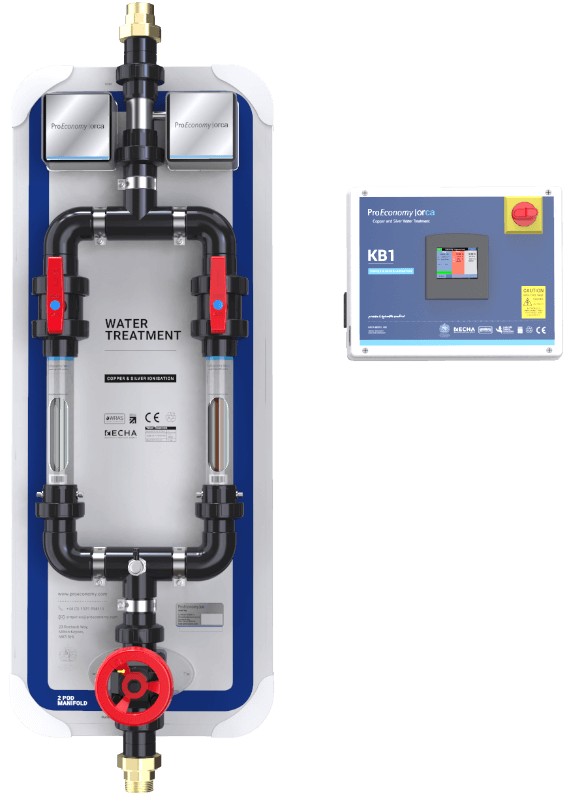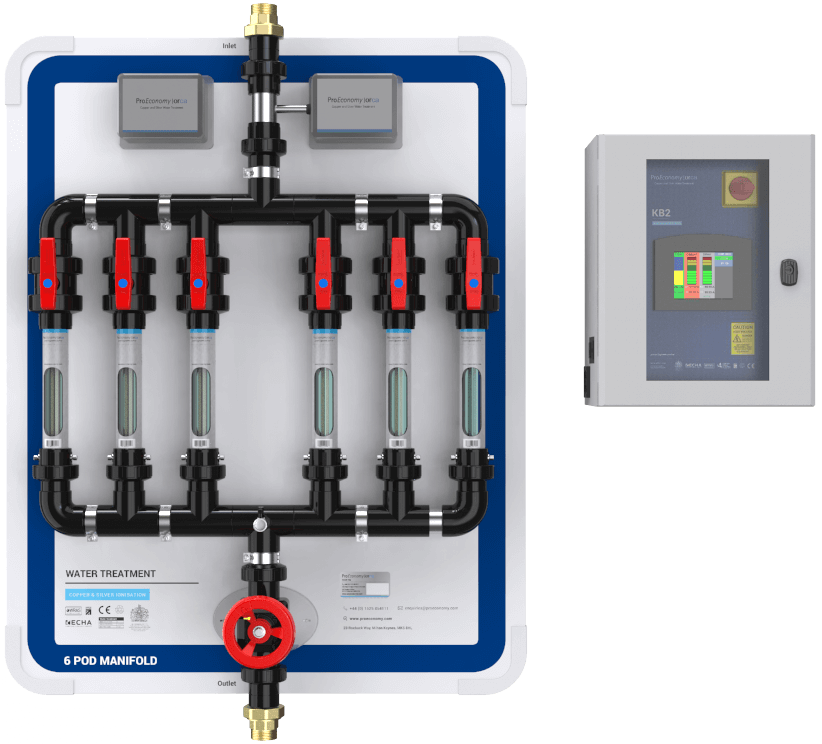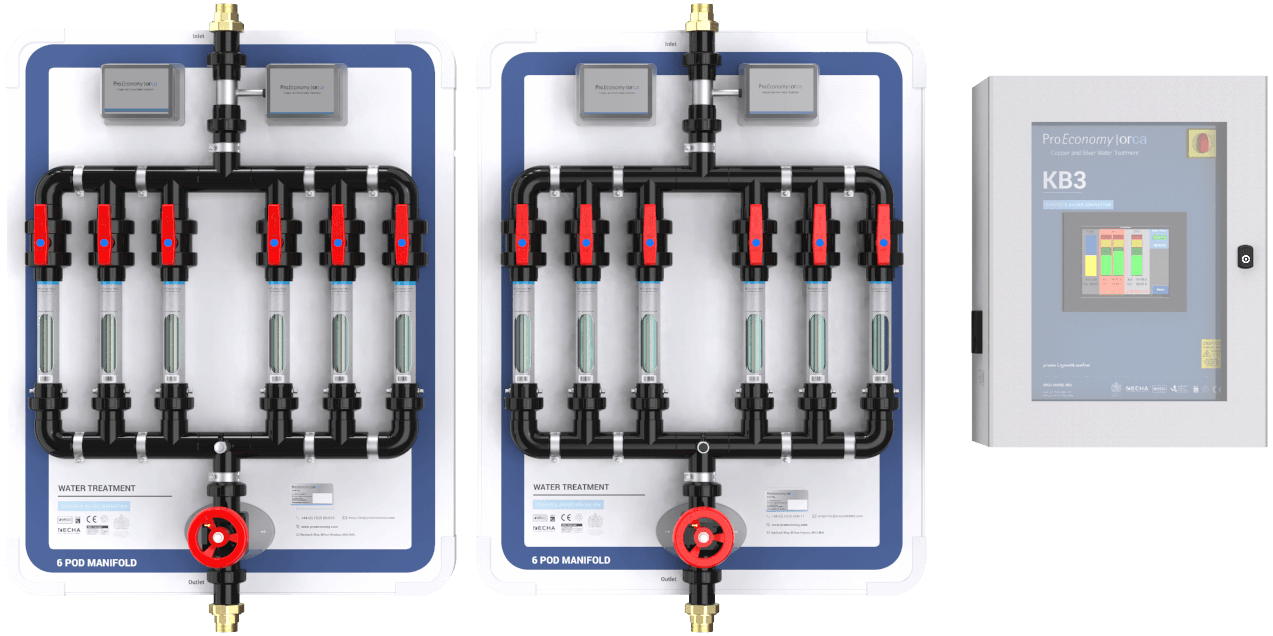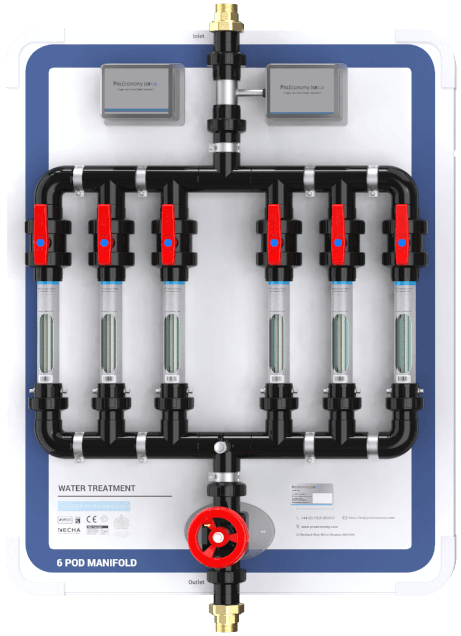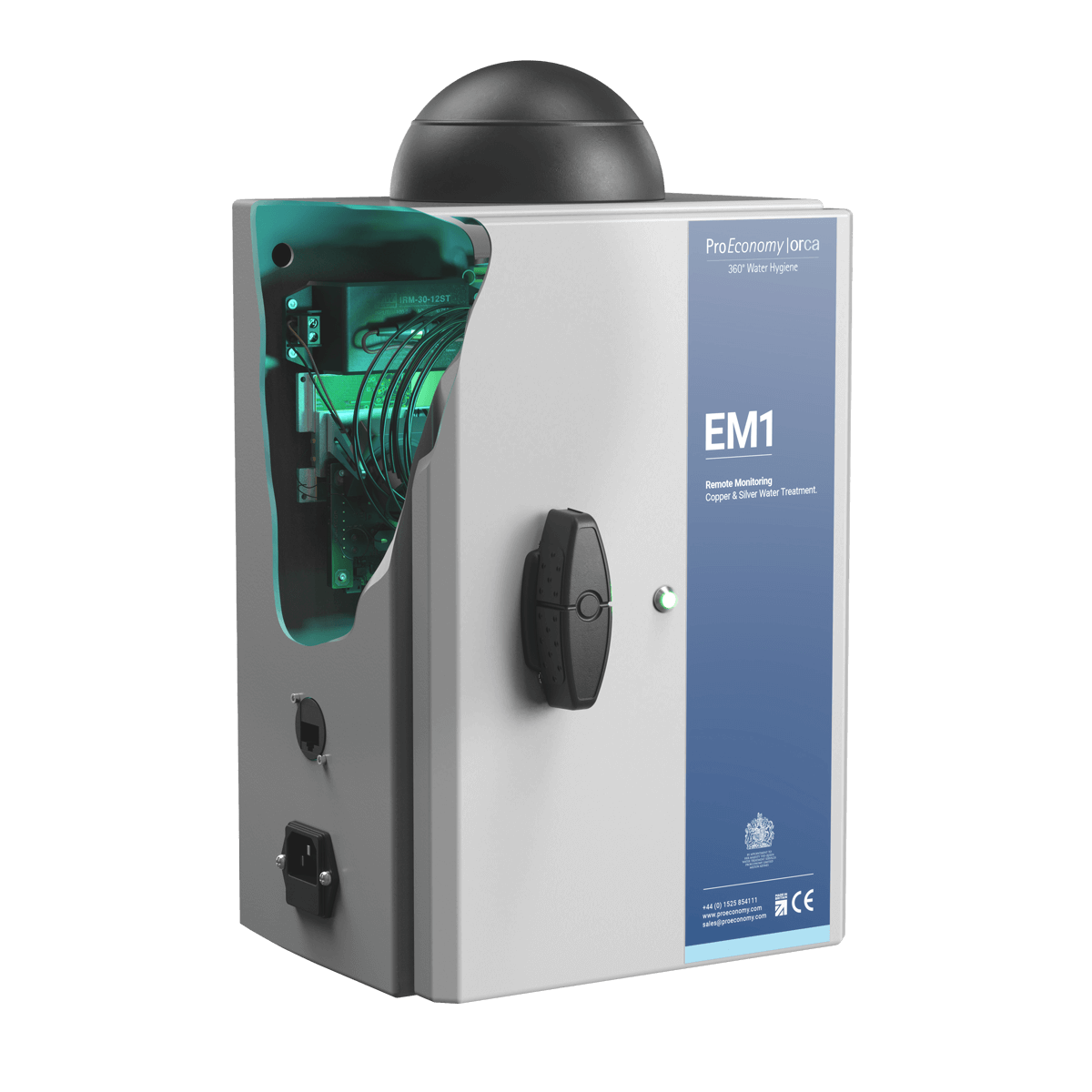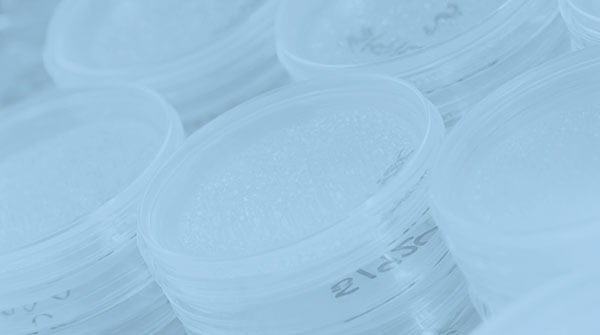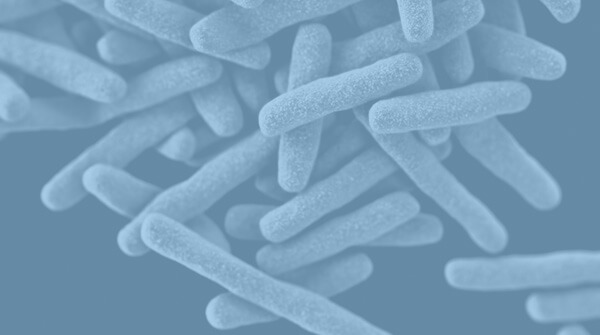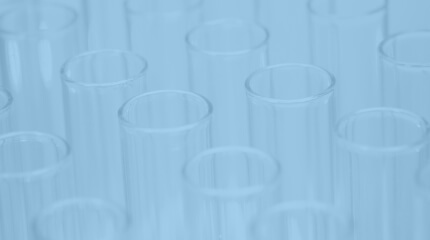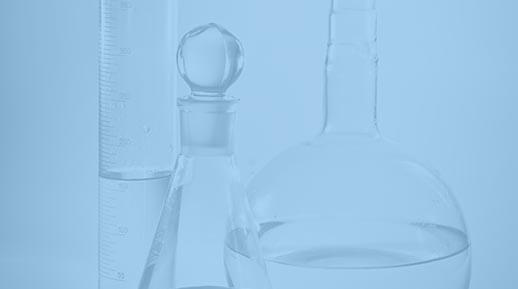Legionella Control
Using our copper silver ionisation system, The Orca, and our new water management system, Tetras, we offer advanced Legionella control for industrial and commercial sites. In fact, the Orca copper silver ionisation system is controlling Legionella at prestigious sites across the UK, Europe and worldwide including at Great Ormond Street Hospital and the European Space Agency.
Legionella Control With Copper Silver Ionisation
ProEconomy provide proven Legionella control for cooling towers and industrial and commercial sites worldwide with the Orca copper and silver ionisation system. Although a relatively new modality for controlling Legionella, copper and silver ionisation is a fully effective water treatment method for Legionella control that is non-corrosive, fully compliant and scientifically proven to work at high or low temperatures.The Science Behind Legionella Control With The Orca
We have been researching water treatment since 1993 and have therefore built up a sufficient data bank on Legionella control methods and the efficacy of the Orca system. Dr Birgitta Bedford, a founding member of ProEconomy, has a PhD in Legionella control from Cranfield University and has compiled a list of references of over 40 scientific papers that support copper and silver water ionisation, some of which you can access here. Alternatively, to find out more about Legionella control with the Orca, contact our team today.Legionella Sampling
In addition to our water treatment service, we also offer Legionella sampling and management with our Tetras water management system. By giving clients access to their water sample results in an easy to use, online dashboard, our water management service allows water quality issues, such as Legionella counts, to be identified quickly and treated before contamination occurs. This therefore saves estates and facilities managers much-needed time and money as well as taking the stress out of Legionella sampling and management.
About Legionella
Legionella is a water-borne pathogen responsible for causing Legionnaires’ Disease, Pontiac fever and Lochgoilhead fever. You can find out more about Legionella, its environment and causes below.
How the Orca can help with Legionella control
Percent positive Legionella samples before and after installation of the Orca system at 7 UK hospitals
Hospital 1
A 650-bed hospital in the south-east of England
% samples positive for Legionella
Hospital 2
A 700-bed hospital in the Midlands
% samples positive for Legionella
Hospital 3
A 430-bed hospital in the Midlands
% samples positive for Legionella
Hospital 4
A 600-bed hospital in the South-East
% samples positive for Legionella
Hospital 5
A new wing of a large London hospital
% samples positive for Legionella
Hospital 6
A 900-bed hospital in the South West
% samples positive for Legionella
Scientific Evidence for Legionella control using copper silver ionisation
- Laboratory and test rigs studies
- Shih and Lin (2010) gives evidence of how the growth and survival of Legionella in water systems is affected by the presence of other organisms. Biofilms are known to be the major breeding grounds for Legionella in water systems. Their in-vitro studies have also demonstrated that biofilm formation was controlled with copper and silver ionisation when levels of 0.4 mg/L copper and 0.04 mg/L silver were maintained (BSRIA TN6/96). Link to paper
- Lin et al. (1996) carried out a study to determine the susceptibility of Legionella pneumophila serogroup 1 to copper and silver ions alone and in combination. L. pneumophila sg 1 at counts of 3x106 cfu/ml, was completely inactivated (6-log reduction) at copper concentration of 0.1 mg/L within 2.5 h, whereas more than 24 h was required to achieve a similar reduction at the highest silver ion concentration tested (0.08 mg/L). Checkerboard method and Gard additive model prediction demonstrated that copper and silver ions in combination could result in additive or synergistic effect depending on the concentration of copper and silver ions. Under the experimental conditions used in this study, synergism of copper-silver ions in eradicating L. pneumophila sg 1 was observed at higher concentration combinations of copper-silver ions (e.g. 0.04/0.04 mg/L) while only an additive effect was observed at lower concentration combinations (e.g. 0.02/0.02 mg/L). This study suggests that both copper and silver ions are effective in inactivating L. pneumophila and the combined effect is greater than that seen with either ion alone. Link to paper
- BSRIA TN6/96: Three identical test rigs were built, each to simulate water conditions and usage for a building with a 50-people occupancy based in the UK. The trial was composed of a contamination and biofouling phase of each rig over seven weeks. All three rigs were infected with a range of environmental microorganisms including Legionella pneumophila serogroup 1. The pipework of the rigs was made of copper. Two of the rigs were fitted with a copper/silver alloy - 70% copper and 30% silver ionisation system. The temperature of the hot water in these rigs was maintained at 35 ºC and the cold water was maintained at 20 ºC (± 1 ºC). One of these rigs was filled with hard water and the other was filled with softened water. The results demonstrated that where copper and silver ion concentrations could be maintained at 0.4 mg/L copper and 0.04 mg/L silver, copper and silver ionisation was effective against L. pneumophila serogroup 1.
- Rohr et al. (1996) studied the influence of copper and silver ions, as single compounds and in combination, on the survival of Legionella pneumophila serogroup 6 in tap water at 45 ºC. Initially, highly contaminated water systems at 45 ºC needed concentrations between 0.4 mg/L to 0.8 mg/L copper and 0.04 mg/L to 0.08 mg/L silver to kill the Legionella. However, the authors suggested that after reduction of Legionella counts a constant maintenance concentration of 0.05 mg/L to 0.2 mg/L copper and 0.005 mg/L to 0.02 mg/L silver could be applied. Link to abstract
- Lin et al. (1996), Rohr et al. (1996), Yahya et al. (1989), Landeen et al. (1989): all have demonstrated in-vitro enhanced antibacterial action when applying copper and silver together, rather than using the two metals alone.
- Abad et al. (1994) found a 4 log10 titer reduction of poliovirus in the presence of copper and silver (0.7 mg/L copper and 0.07 mg/L silver) combined with 0.5 mg/L free chlorine. This suggests copper and silver ions together seem to have antiviral properties. Link to abstract
- Landeen et al. (1989) reported inactivation of Legionella pneumophila serogroup 3 after 1.5 minutes by 0.4 mg/L copper, and 0.04 mg/L silver, and reduced levels of free chlorine (0.4 mg/L). Link to abstract
- Field Studies
- Barbosa & Thompson (2016) evaluated a copper and silver ionisation system, comprising 99.99% copper and 99.99% silver electrodes, installed as a replacement to a low performing chlorine dioxide system for the control of Legionella in a UK hospital. The system was used in conjunction with the existing temperature regime and was installed upstream of the water storage tanks to allow adequate build-up of copper and silver in tanks so that good levels were available for distribution to outlets. Samples were taken monthly and analyzed for Legionella and for copper and silver over a four-year period. The results showed that water temperature above 55⁰C did not control L. pneumophila in 25 out of 140 outlets. Low-use outlets, deadlegs and deadends caused some problems during the commissioning stage and up to four months after the copper and silver ionization system commissioning. Once these problems were solved, Legionella was controlled consistently and monthly monitoring of outlets has showed no positive result for 15 months. The authors concluded that Legionella could not be effectively controlled using a temperature regime alone, even when temperature was maintained at below 20⁰C or at above 55⁰C and that copper and silver ionisation was effective for Legionella control provided the system was regularly monitored to ensure the required concentration of ions was maintained, so that potential Legionella sources, such as build-up of biofilms in rubber-lined hoses, were dealt with as soon as detected. Link to abstract
- Dziewulski et al. (2015). This study evaluated the efficacy of copper-silver ionization (CSI) under alkaline water conditions in two health care facilities in the USA. Copper-silver ionization was effective at pH values of 8.7-9.9 against both Legionella pneumophila and L anisa. CSI treatment was shown to reduce both the number of CFU found and the percentage of samples found to be culture positive. After treatment was established, culture positivity was, for example, reduced from 70% (>103 CFU/100 mL) to consistently <30% (38 CFU/100 mL). It was concluded that legiononellae control in premise water systems may be a complex process requiring long-term assessments for adequate control. This work found that CSI could be successful in controlling Legionella under alkaline water conditions, and the evidence suggests that silver ions are responsible for the control of Legionella pneumophila 1, L pneumophila 6, and L anisa. Link to abstract
- Bedford (2012) in a PhD study of water systems of 10 hospitals demonstrated that Legionella control was maintained by copper levels ranging from 0.151 mg/L to 0.539 mg/L at outlets - which not only included the copper produced by the copper and silver ionisation systems installed in these hospitals but also the copper in the water system from copper pipework and copper pipes - together with silver levels ranging from 0.021 mg/L to 0.043 mg/L at outlets. Link to thesis
- Lin et al. (2011) carried out an evidence-based review of disinfection methods for controlling Legionella in hospital drinking water. Copper-silver ionisation, chlorine dioxide, monochloramine, hyperchlorination, and point-of-use filtration were reviewed. The authors summarized that copper-silver ionisation is the best available technology today for controlling Legionella colonisation in hospital water systems. The authors also suggested that the prolonged bactericidal effect, demonstrated in 1994 and 1998 by Liu et al. was due to the accumulation of the copper and silver ions inside biofilms. Link to paper
- Chen et al. (2008) reported an outbreak of nosocomial Legionnaires’ disease at a medical centre in Southern Taiwan with the water distribution system thought to be the source of the infection. Copper-silver ionisation was implemented in an attempt to control the Legionella colonisation in both hot- and cold-water systems. The rates of Legionella positivity decreased significantly to 0% (mean) from 20%, and no cases of Legionnaires’ disease were reported from the hospital-acquired infection surveillance. The copper and silver concentrations maintained at distal sites were 0.143 mg/L to 0.212 mg/L total copper and 0.008 mg/L to 0.017 mg/L silver. Link to abstract
- Mòdol et al. (2007) evaluated the impact of a copper-silver ionisation system in a hospital in Barcelona, Spain, where nosocomial Legionellosis was endemic for many years, and all previous disinfection measures had failed. After implementation of the copper-silver ionisation system, environmental colonization with Legionella decreased significantly, and the incidence of nosocomial legionellosis decreased dramatically, from 2.45 to 0.18 cases per 1000 patient discharges. Link to paper
- KWR 05.066 (2006) The conclusions of field studies carried out by KIWA in the Netherlands published in 2006 with various Legionella control modalities highlighted that copper-silver ionisation is an effective method for the control of Legionella in complex tap water systems. The side effects were also limited to an increase in the copper and silver concentration levels in the drinking water and wastewater and the results indicated that copper-silver ionisation could be used within the Dutch legal limits for drinking water.
- Martinez et al. (2004) showed that a substantially reduced chlorine concentration of 0.3 mg/L was combined with 0.2 mg/L silver and 1.2 mg/L copper, which had an appreciable impact on levels of coliform bacteria, iron-related bacteria, sulphate-reducing bacteria and slime-forming bacteria in the cooling tower tested. Link to abstract.
- Bedford (2003) MSc project results of samples collected from outlets at sites that operate copper and silver ionisation systems since 1995 showed that where silver and total copper concentrations are maintained at outlets at between 0.01 mg/L and 0.08 mg/L and at between 0.2 mg/L and 0.8 mg/L, respectively, Legionella contamination was avoided and controlled.
- Stout and Yu (2003) evaluated the efficacy of copper-silver ionisation for controlling Legionella in hospital water systems and reducing the incidence of Legionnaires’ disease. The first 16 hospitals in the USA to install copper-silver ionisation systems were surveyed in 1995 and 2000 to establish experiences with the running of the ionisation systems and the effectiveness in reducing the occurrence of hospital acquired Legionnaires’ disease. All hospitals surveyed in 1995 had reported cases of hospital acquired Legionnaires’ disease prior to installing copper-silver ionisation equipment. In samples taken for environmental monitoring, 7 out of 15 hospitals that were tested reported that greater than 30% of samples were positive for Legionella. After activation of the copper-silver ionisation equipment, 8 out of 16 hospitals reported no positive results for Legionella in samples, and 7 out of 16 reported lower than 30% positivity in the samples. All hospitals surveyed in 2000 were still using copper-silver ionisation equipment. The mean period of use was 7 years. In samples taken in 2000, 7 out of 16 hospitals reported complete eradication of Legionella from the hospital water supply and no hospital reported greater than 30% positive occurrences of the bacteria in samples taken. No cases of hospital acquired Legionnaires’ disease were reported in 15 out of 16 hospitals that had installed the copper-silver ionisation equipment. The usefulness of copper-silver ionisation as a method for controlling Legionella bacteria in hospitals was clearly demonstrated in the reported survey. The efficacy of copper-silver ionisation of water treatment was most importantly shown in the reduction and elimination of cases of hospital acquired Legionnaires’ disease. Link to paper
- Kusnetsov et al. (2001) found that a low mean total copper concentration, of 0.086 mg/L, together with a very low mean silver ion concentration of 0.003 mg/L was sufficient to control the growth of Legionella in the circulating hot water system of a Finnish hospital. In the beginning of the experiment, the highest L. pneumophila serogroup 6, count was found in a shower at 1.1 x 107 cfu/L. Mycobacteria were also found in the shower at 1400 cfu/L. The results of the shower showed that a low silver concentration, of 0.003 mg/L, was high enough to eradicate Legionella but only if the outlet was used regularly. The authors suggested that good prevention efficacy by copper and silver ionisation, therefore, did require regular use of all points in the water system. They also advised that the difference in water quality and system design must be taken into consideration and that higher metal concentrations may be needed in some hot water systems to control the growth of Legionella. Interestingly, the preventative effect against Legionella was not due to free chlorine as chlorine levels did not exceed 0.1 mg/L in the hot water. Link to abstract
- UK Approved Code of Practice and Guidance - ACoP L8 (2013) and UK Health Technical Memorandum 04-01 (2016). The UK HSE Approved Code of Practice (ACoP L8) and the UK Department of Health’s Health Technical Memorandum (HTM) 04-01 documents currently recommend concentrations of 0.4 mg/L copper in water systems when copper and silver ionisation is applied to control Legionella.
- Biurrun et al. (1999) The detection of a case of nosocomial legionellosis in a Spanish hospital led to the discovery that both the hot- and cold-water systems were heavily colonized with Legionella pneumophila serogroup 6. The high rate of colonisation found could not be reduced by hyperchlorination but fell dramatically shortly after copper-silver ionisation was applied. Both the hot- and cold-water systems were treated. The copper- and silver alloys used for treating the cold-water system consisted 70% copper and 30% silver, the alloys used for treating the hot water system consisted 75% copper and 25% silver. A free chlorine concentration of 0.8 mg/L was also maintained at the cold-water outlets. The L. pneumophila colonisation positivity rate before copper-silver ionisation was applied was 58%. The positivity rate reduced substantially to 13% within the first 3 months after activation of copper-silver ionisation. Only data on the total copper concentrations was available. Data on silver concentrations and on chlorine concentrations in the hot water system was not available. The mean total copper concentration obtained in the hot water system was 0.25 mg/L but it was only 0.08 mg/L in the cold-water system. The mean total copper concentrations reduced even further after the first three months of activation of copper-silver ionisation to 0.12 mg/L in the hot water and 0.02 mg/L in the cold water. Link to abstract
- Rohr et al. (1999) Copper-silver ionisation was applied to control Legionella in a German university hospital’s hot water system for four years. Silver concentrations were, however, not allowed to exceed 0.01 mg/L because of drinking water regulation limits in Germany. A significant reduction of Legionella counts, from 40,000 cfu/L to 7 cfu/L, was, however, still observed during the first year. The median silver concentration during this period was as low as 0.006 mg/L, and the median total copper concentration was 0.2 mg/L, which was the copper level found before copper-silver ionisation was activated. During the second year, Legionella counts started to increase slightly and during the third year the Legionella count increased to a median of 10,000 cfu/L. This indicated that long-term efficacy of silver concentrations less than 0.01 mg/L was not sufficient. The silver output was increased during the fourth year, and a median silver concentration of 0.03 mg/L was obtained. The total copper concentration remained at a median of 0.192 mg/L. The Legionella counts dropped during the fourth year to a median of 500 cfu/L. Link to abstract
- Stout et al. (1998) After 10 cases of nosocomial Legionnaires’ disease were diagnosed 13 years after applying superheat and flush to control Legionella pneumophila in a hospital water distribution system in the USA, copper-silver ionisation systems were installed on the hot water re-circulating system. Copper-silver ionisation was more effective than superheat and flush in reducing Legionella colonization. The average number of cases of Legionnaires’ disease reduced from six cases when superheat and flush was applied to two cases when copper-silver ionisation was applied. The percentage of distal sites positive for L. pneumophila also reduced from 15% positivity when superheat and flush was applied to 4% positivity with copper-silver ionisation. The authors suggested that possible reasons for the lingering positivity of distal sites with copper-silver ionisation could be due to the complexities of the large water distribution system, making it difficult to assure effective treatment of the entire system. The authors also suggested that the two cases of Legionnaires’ disease when copper-silver ionisation was applied could have been because exposure of high risk patients to low concentrations of L. pneumophila may have resulted in the disease. Link to abstract
- Liu et al. (1998) studied the efficacy of copper-silver ionisation in controlling Legionella in a 541-bed hospital in the USA. A copper-silver ionisation system was sequentially installed on the hot water recirculation lines of two of the hospital’s buildings colonized with L. pneumophila serogroup 1. Four weeks after activation of the system, distal site positivity for Legionella in the first test building dropped to zero. After 16 weeks, the system was disconnected and installed onto the second test building. Twelve weeks of disinfection reduced the distal site positivity for Legionella in the second test building to zero. The average total copper-silver concentration in the first test building during the period of copper-silver ionisation was 0.36 mg/L copper and 0.034 mg/L silver. It may have taken longer to completely eradicate the Legionella in the second test building because it was difficult to maintain adequate copper and silver concentrations. Eight weeks after activation of the ionisation system the total copper-silver concentrations were only 0.2 mg/L copper and 0.017 mg/L silver. A residual effect was also observed during this study as Legionella re-colonisation did not occur in both test buildings for 12 weeks after inactivation of the system. The control building remained positive throughout. Link to abstract
- Miuetzner et al. (1997) In this study of the efficacy of thermal treatment and copper-silver ionization for controlling Legionella pneumophila in high-volume hot water plumbing systems in hospitals, it was demonstrated that copper-silver ionisation controlled L. pneumophila in the hot water circuits of two wings of a hospital in the USA. Hot water (>60 ºC) was flushed through fixtures for 10 minutes. Copper-silver ionisation units were installed upstream from hot water tanks. It was found that four heat-flush treatments failed to provide long-term control of Legionella, whereas ionisation reduced the recovery rate of Legionella from 108 faucets from 72% to 2% within one month and maintained effective control for at least 22 months - the duration of the study. The total copper and silver levels maintained were mostly below 0.3 mg/L for copper and below 0.05 mg/L for silver. Link to abstract
- Liu et al. (1994) carried out a controlled evaluation of the efficacy of copper-silver ionisation in eradicating Legionella pneumophila from a hospital water supply in the USA. The copper and silver ions were released into the hot water recirculation circuit of the hospital, which had Legionella positive outlets. L. pneumophila completely disappeared from the site after total values of 0.4 mg/L copper and 0.04 mg/L silver concentrations were being maintained. The study also observed an excellent residual effect of copper and silver throughout the treated system as water fixtures continued to be free of Legionella for two months after the copper/silver ionisation unit was turned off and only one sampling site out of 26 was positive for L. pneumophila after four months. Link to abstract

As passionate advocates for Legionella control with copper silver ionisation, we are members of the copper and silver association.
The copper and silver association is a free, open access website that documents scientific publications, peer reviewed papers, reports, policy documents, thesis's and web and magazine articles on copper and silver ionisation and Legionella control.
Visit the Copper and Silver Association website to find out more about the efficacy of copper and silver ionisation for the control of Legionella and other water borne pathogens.
